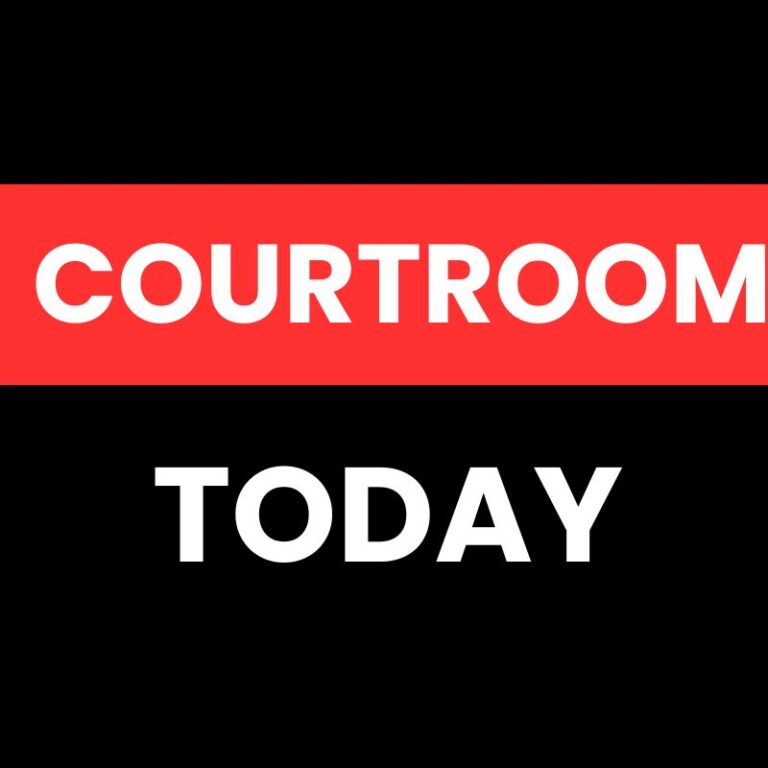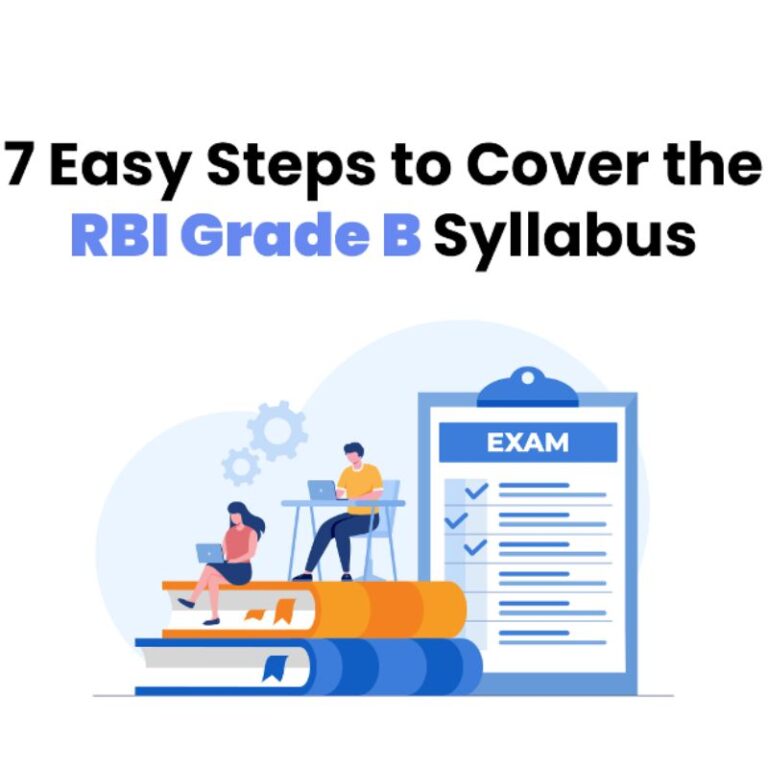NCPCR Guidelines for Assessing Child Suspects in Heinous Offences

In the field of juvenile justice, it is crucial to have comprehensive guidelines and procedures in place to ensure the fair assessment and treatment of child suspects involved in heinous offences.
The National Commission for Protection of Child Rights (NCPCR) has formulated guidelines that aim to address this issue and provide a framework for evaluating the mental and physical capacity of children accused of such crimes. These guidelines, in conjunction with the Juvenile Justice Act of 2015, play a vital role in determining the course of action for child suspects in heinous offences.
Understanding the Juvenile Justice Act of 2015
The Juvenile Justice Act of 2015 defines a child as an individual who has not yet reached the age of 18. However, this act acknowledges the severity and impact of certain crimes, leading to the introduction of specific provisions that differentiate the treatment of children accused of heinous offences based on their age. These provisions recognize the need for a separate evaluation process for child suspects involved in such grave crimes.
Differentiation in Treatment
Section 15(1) of the Juvenile Justice Act establishes a clear procedure for cases where a child, who has completed or is above the age of 16, is accused of committing a heinous offence.
According to this provision, the Juvenile Justice Board (JJB) is entrusted with the responsibility of conducting a preliminary assessment. This assessment aims to evaluate the child’s mental and physical capacity to commit the alleged offence, their understanding of its consequences, and the surrounding circumstances.
Preliminary Assessment Process
The preliminary assessment is a crucial step in determining whether a child between the ages of 16 and 18 should be tried as an adult for a heinous offence. Two essential conditions must be met for this assessment to take place.
Firstly, the alleged offence must fall within the category of “heinous” as defined by the Juvenile Justice Act. This ensures that only serious and grave crimes are subject to this particular provision.
Secondly, the child accused of the offence must be between the ages of 16 and 18, signifying the need for a deeper evaluation of their potential culpability.
Role of the Juvenile Justice Board (JJB)
The Juvenile Justice Board is entrusted with the responsibility of conducting the preliminary assessment within a period of three months from the date of the child’s initial appearance before the board.
This timeframe ensures that the assessment is conducted promptly, taking into account the urgency and sensitivity of the matter. The JJB plays a pivotal role in gathering relevant information and conducting a comprehensive evaluation of the child suspect.
NCPCR Guidelines for Assessing Child Suspects
The NCPCR guidelines supplement the Juvenile Justice Act of 2015 by providing detailed instructions and recommendations for the assessment of child suspects in heinous offences. These guidelines were introduced to further enhance the assessment process and ensure that the best interests of the child are taken into account.
The guidelines outline the specific factors that should be considered during the assessment, including the child’s age, maturity, understanding of the offence, and the circumstances surrounding its commission.
The assessment should also take into consideration the child’s mental and physical capacity, as well as any mitigating factors that may have influenced their involvement in the crime. By following these guidelines, the Juvenile Justice Board can make a more informed decision regarding the appropriate course of action for the child suspect.
Importance of the Guidelines
The NCPCR guidelines are instrumental in promoting a fair and just evaluation process for child suspects involved in heinous offences. They ensure that the assessment is conducted with utmost sensitivity, taking into account the child’s age, maturity, and capacity to understand the consequences of their actions.
By adhering to these guidelines, the Juvenile Justice Board can make an informed determination of whether the child should be treated as an adult or undergo a rehabilitative process in line with the objectives of the Juvenile Justice Act.
Conclusion
The NCPCR guidelines, in conjunction with the Juvenile Justice Act of 2015, provide a comprehensive framework for assessing child suspects in heinous offences. These guidelines emphasise the importance of considering the child’s age, mental and physical capacity, and understanding of the offence.
By following these guidelines, the Juvenile Justice Board can ensure a fair and just evaluation process that takes into account the best interests of the child. The implementation of these guidelines contributes to a more equitable juvenile justice system and ensures that child suspects are treated in a manner that supports their overall well-being and rehabilitation.
Calling all law aspirants!
Are you exhausted from constantly searching for study materials and question banks? Worry not!
With over 15,000 students already engaged, you definitely don't want to be left out.
Become a member of the most vibrant law aspirants community out there!
It’s FREE! Hurry!
Join our WhatsApp Groups (Click Here) and Telegram Channel (Click Here) today, and receive instant notifications.





